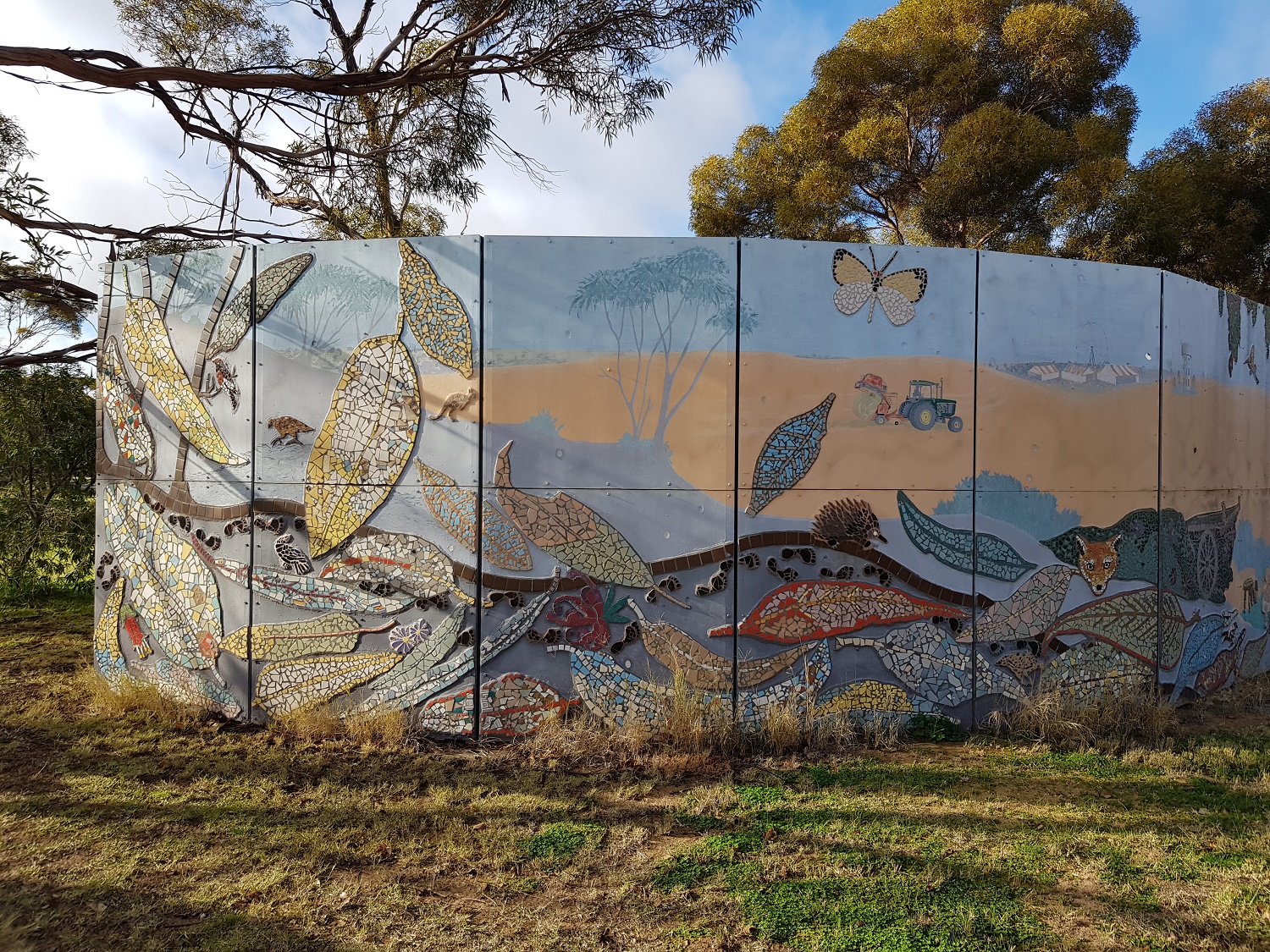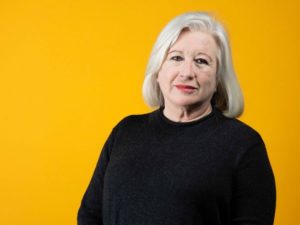
A South Australian rural community is taking greater control of its health through having Flinders Caring Future Institute researchers measure the positive effects of Art – a crucial factor in the face of limited health resources in rural Australia.
The Pinnaroo Project, a community-led arts in health project striving to improve community health and wellbeing, began in 2020 when Flinders University’s Professor Robyn Clark was approached by a local art group to conduct a first-of-its-kind study of the entire town, to determine whether introducing more art and culture into people’s lives could improve the mental health and wellbeing of an entire community.
During September, a team of Flinders University researchers conducted their second visit during the second year of testing for the Pinnaroo Project, which will produce data to support the strong anecdotal acceptance that Arts activities are having a positive effect on people’s broader health and wellbeing.
This comes after almost a third of Pinnaroo residents indicated in a 2020 questionnaire that they suffered mild-to-severe symptoms of depression.
“There is science behind the promotion of Arts in health, and it shows that the positive effects on mental health and wellbeing are further supported by such things as reduced blood pressure, improved dietary intake and maintenance of healthy habits,” explains Professor Clark.

The Flinders screening program of Pinnaroo Project participants has been entirely co-designed by the local community, led by local hairdresser and jewellery designer Judy Wallis, and they also have input on whether the measurements and questions posed to participants need adjustment during the program.
The latest round of screening checks came soon after ABC-TV’s Backroads program broadcast a story about the first year of the Pinnaroo Project, which had been filmed in October 2021. Overwhelming positive feedback among the community since the broadcast has only helped to bolster greater enthusiasm for the screening process, which includes more than a third of Pinnaroo’s population. “That’s a remarkable outcome. It shows that we have built trust in the community, and that they see clear benefits from being involved,” says Professor Clark.
This enthusiastic support has led to screenings being undertaken in workplaces and schools, service clubs, sporting clubs, and with particular support in the local Men’s Shed. Screening sessions have also been supported by expert talks on various health issues, which have been well received by the local audience.
“The people of Pinnaroo are seeing a double benefit – there are improved mental health outcomes, and there’s also this fantastic array of new physical artworks that are proudly on public display throughout the town.”
The onus on individuals in Australia’s rural areas taking more responsibility for their own wellbeing is clear. Pinnaroo recently lost one of its GPs, leaving only one GP to cover the Mallee area’s 1200 residents and the two memorial hospitals that are about 50km apart.
“Health care services have shrunk in the time since we started this project. This has reinforced one of our aims, which is to emphasise the importance of rural people taking more control over their own resilience and health. The value of this pragmatic program sends an important signal to all of rural Australia.”
This successful Pinnaroo Project model of Arts programs being supported by regular screening has now attracted the attention of several institutions and regional bodies around Australia. “It is definitely capable of being upscaled and adopted by other rural communities across Australia,” says Professor Clark.
The Pinnaroo Project has more in store. With the men of Pinnaroo having already done Art workshops, from welding decorative flowers to making lanterns, installing ceramic artworks around the Soldier’s Memorial, photography and painting public murals, there are now plans to offer a creative writing workshop during the third year of the program, featuring Flinders University lecturer and New York Times best-selling author Dr Sean Williams.
“Having all these blokes engage in that initial Arts project, for them to weld decorative flowers, has freed up their willingness to try many different things.”
Women in the Pinnaroo community have also used the Arts program and screening process to promote broader health messages to their husbands, beyond strengthening their mental health to also encourage cholesterol and weight checks. “Fortunately, there are many layers to the health benefits of our community Arts engagement project,” says Professor Clark. “It has provided the gateway to bigger conversation and understanding of personal health.”

